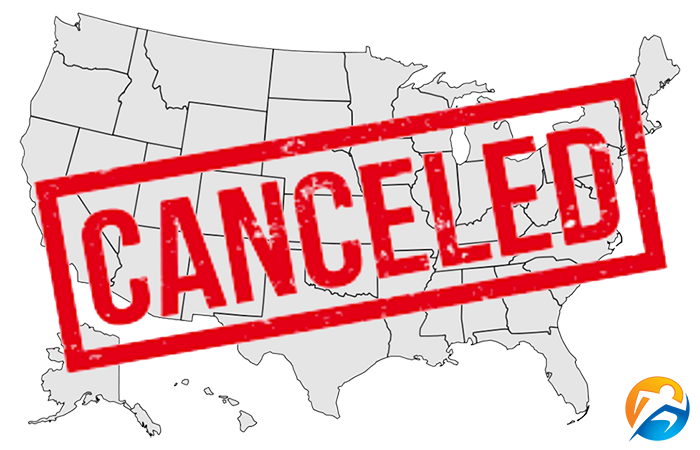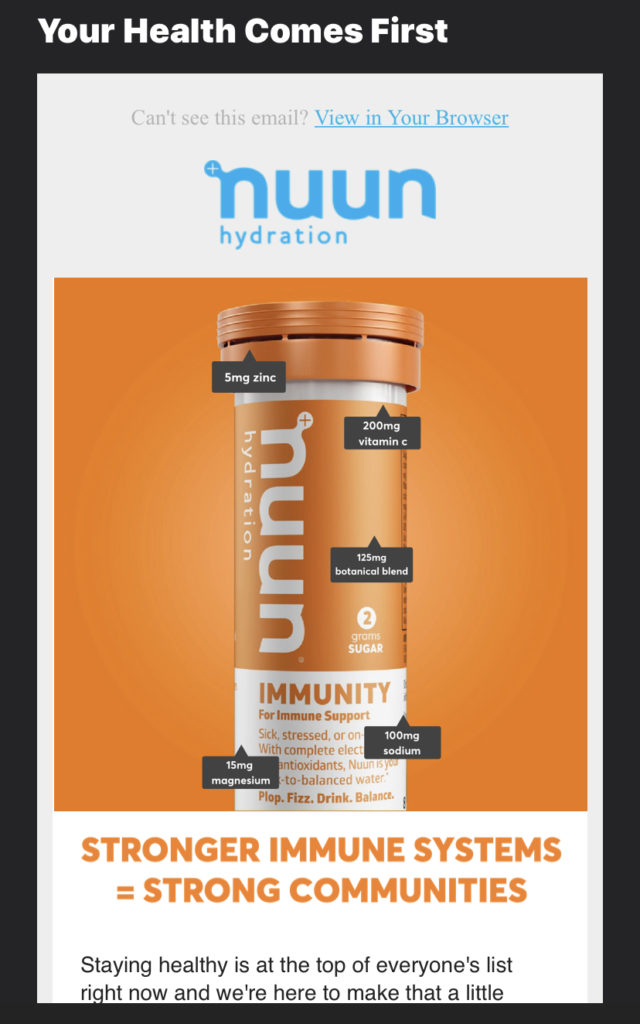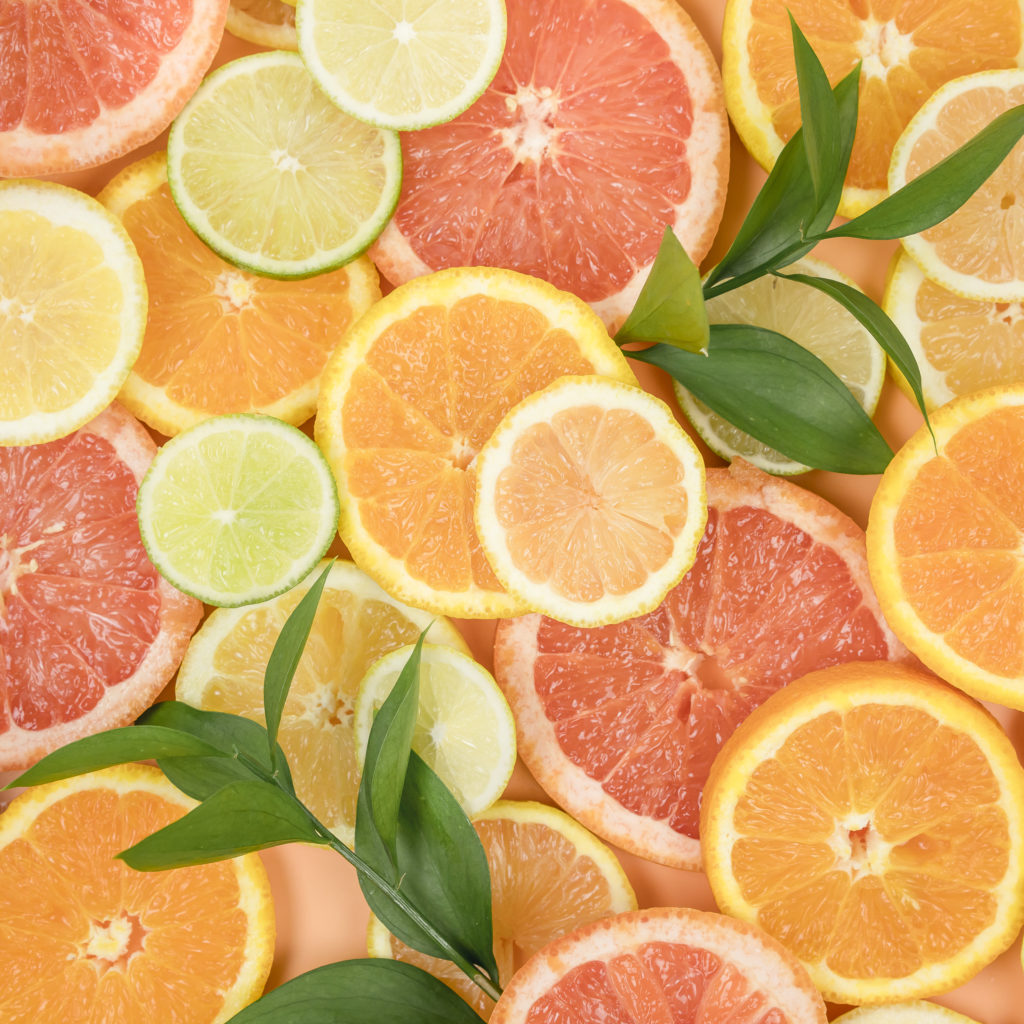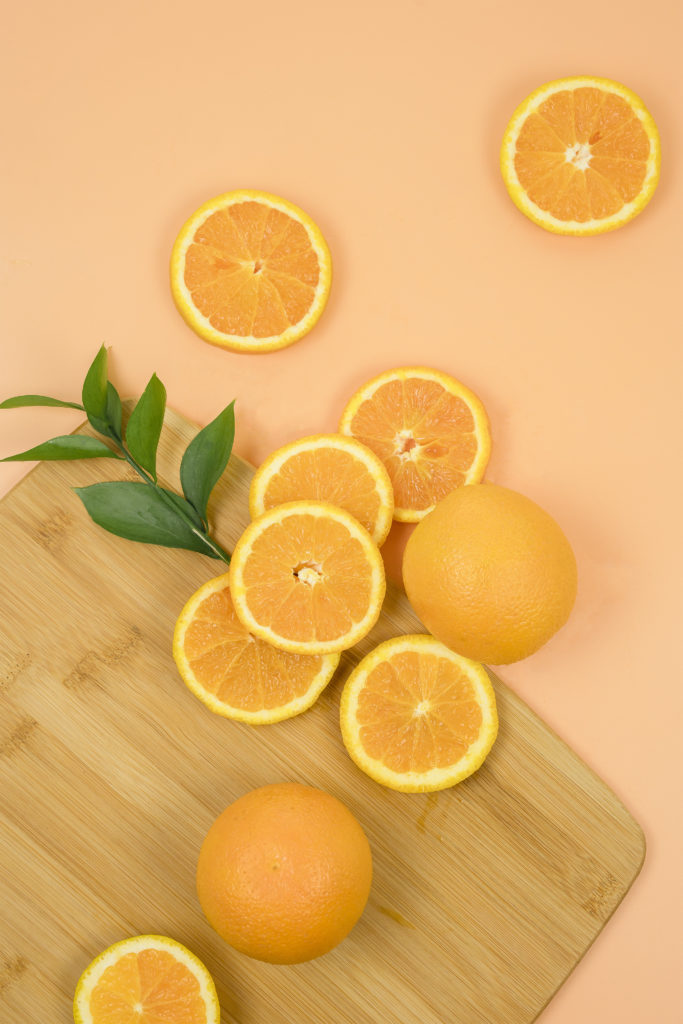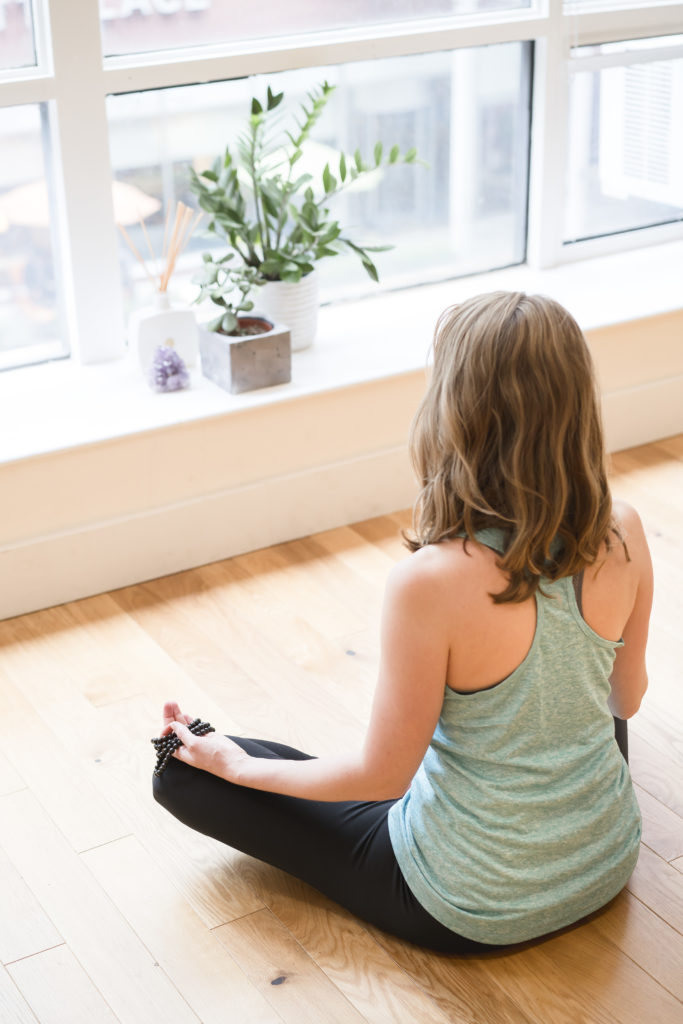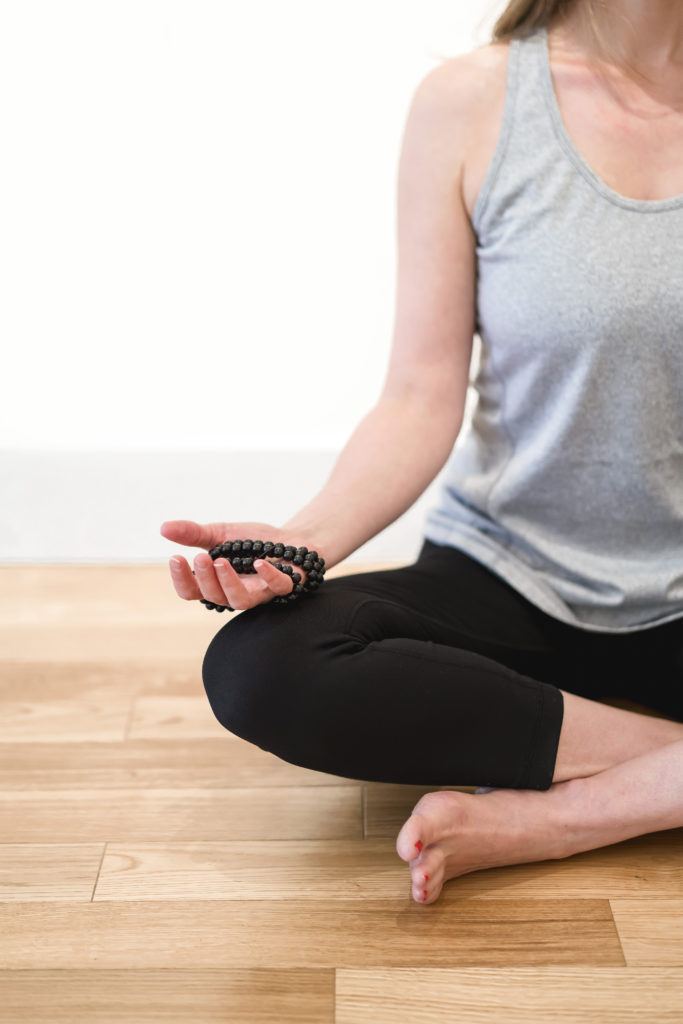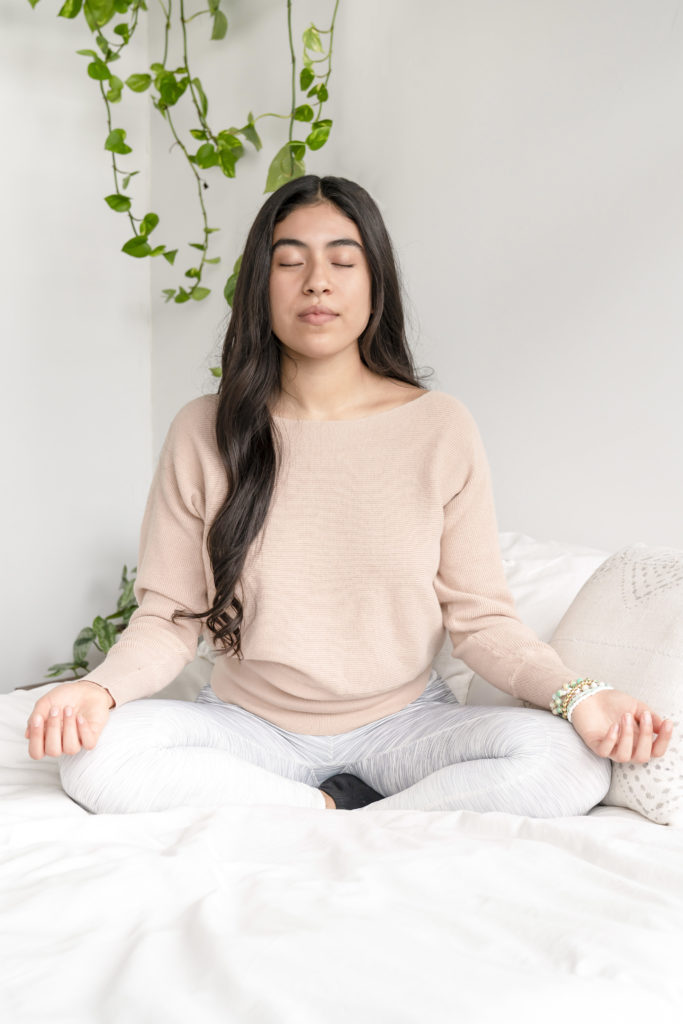You’ve probably heard that “imitation is the sincerest form of flattery.” If that’s true, race directors across the country are falling all over each other to get in line to flatter race director Gary “Lazarus Lake” Cantrell and his Great Virtual Race Across Tennessee 1000k challenge. (For those keeping track, runners have from May 1 to August 31 to run the approximately 621ish miles across the state. A real human has already finished, and is “resting” before doing the miles to “run the other way” back to the start.)
Hmmm, that would make a good blog post…
Yesterday, I opened an email from my friends at Blue Ridge Racing. (They are the team that puts on the Blue Ridge Marathon.) Like many race organizations, all of their in-person races are canceled this season. The email was notification of the Virtual Interstate Challenge, to run the distance of I-81 in Virginia. When I shared this virtual race across Virginia with my accountability group, one of the members posted about The Great Run Across California, which is a 155, 347, or 705 mile challenge with team options.
Since I thought this was hilarious, I posted it in the facebook group for GVRAT1000 (one of the few spots on facebook guaranteed to be positive, uplifting, supportive, and 100% free of politics, bickering, woo-woo goop-esque advice, and fake-news). Within minutes the other members of the group were posting about virtual races across their states too! One runner even noted that a NY-based run was calling itself the largest virtual race, at least until a GVRAT100k runner pointed out there are around 19,000 runners signed up to run with the one and only Lazarus Lake.
It’s NOT too late to sign up to run across Tennessee with Laz, but this is America–you’ve got options! [EDIT: I stand corrected. You can still jump on this run, BUT you can’t enter any miles you ran before you registered.]
For your unbridled merriment, I present The Complete (as of now) List of Run Across A State races! NOTES: I have attempted to collect up the same information for each race so that you can make informed decisions about how much you want to run, how much you want to pay, which charities you want to support, etc. I have also attempted to find the actual event page for each event, if one exists. The most accurate information will ALWAYS be on the race’s homepage–so go there and verify! The entry fees listed below DO NOT include the processing fees charged by the registration platform, and DO NOT include any extras. Some races include a medal and a shirt in the basic swag, others do not. Read carefully!
(If You Just Want to Run For the Glory of Running…)
Runner’s World Run Streak. This year’s summer run streak kicks off on Memorial Day and runs through July 4th. No miles to log, no medal and no shirt, but plenty of social media bragging opportunities. Details: https://www.runnersworld.com/runners-stories/a27546583/rw-run-streak/
Run The Whole Country!
DetermiNation Runs the Country (June 1 to June 7)
Distance: Join Others in Running Across the Country
Race Director: American Cancer Society
Charities: American Cancer Society’s DetermiNation
Registration: $25 (no shirt) or $50 (shirt)
Special Note: Fundraising incentives include goodr sunglasses and more
https://runsignup.com/Race/NY/NewYork/DetermiNationRunstheCountry
Amerithon (no date restriction)
Distance: 3,521 miles (run, walk, bike, swim) solo or team
Race Director: Run the Edge
Charities: Unknown
Registration: $75, $50, or $25 (you choose the level of swag you want)
https://shop.runtheedge.com/pages/amerithon
Great American 5000 (June 14 to September 14)
Distance: 5000k or 3107 miles (teams of up to 24)
Race Director: Sports Backers
Charities: Unknown
Registration: $50
https://www.sportsbackers.org/events/great-american-5000/
America Strong Mileage Challenge (June 1 to June 21)
Distance: How many miles can you run?
Race Director: Planet Ultra
Charities: Not applicable (help Planet Ultra survive this time)
Registration: $35 (options to avoid race platform fees)
Special note: everyone who runs 15 miles per week will be added to a prize drawing
http://runplanetultra.com/americastrong-mileage-challenge
Multi-State Runs
Mountains to Sea Virtual Run (June 1 to September 20)
Distance: 350 miles
Race Director: Upstate Ultras
Charities: Unknown
Registration: $60
Special detail: choose from North Carolina, South Carolina, Georgia, or Virginia (belt buckle design features the state you choose)
https://runsignup.com/Race/SC/Sunset/MountainstoSeaVirtualRun
Run the States Challenge (May 25 to September 7)
Distance: 379k (Missouri), 630k (Kansas), 1000k (I-70 Challenge)
Race Director: Unknown (the race website does not include this information)
Charities: the Canine Challenge proceeds go to unnamed “local animal shelters”
Registration: $39 (MO or KS), $49 (I-70), $25 Canine Challenge
https://runsignup.com/Race/Info/MO/KansasCity/I70VirtualChallenge
Road to Gettysburg Challenge (May 23 to October 17)
Distance: four options from 132 miles to 991 miles (representing the distance from one Civil War battlefield to Gettysburg)
Race Director: Unknown (the race website does not include this information)
Charities: None identified
Registration: $60
https://runsignup.com/Race/PA/Gettysburg/RoadtoGettysburgBattlefieldChallenge
California
The Great Run Across California (May 1 to August 30—teams have 30 days)
Distance: 155 (San Francisco to South Lake Tahoe), 347 (SF to LA), 705 (whole state)—team or solo
Race Director: All Community Events
Charities: The Children’s Heart Foundation
Registration: $29.99 (through May 20); $40
https://runsusa.com/greatrunacrosscalifornia
Run Across California
Distance: San Diego to Oregon; San Diego to Arizona
Race Director: Kinane Events
Charities: Feeding American California Food Banks; Miles of Smiles
Registration: $50 or $40
https://runsignup.com/Race/CA/SanDiego/RunAcrossCalifornia
California Coast 500 (June 8 to September 7)
Distance: 500 miles (Santa Monica Pier to San Francisco); option for 100, 250, or 400
Race Director: Run Local
Charities: programs to feed children
Registration: $60
https://runlocalevents.com/california/
Chase the Jester Across California (May 25 to December 31)
Distance: seven options from 220 miles to 1,364 miles
Race Director: “The Jester” (Edwin William Ettinghausen, presumably with help from Andrea Ettinghausen
Charities: Project 99 (fighting teen suicide); Living Free (animal sanctuary)
Awareness & Action: Push the government to get 988 (the newly designated National Suicide Awareness & Prevention Hotline) operational NOW—the Congressional oversight committee approved it in December 2019 but they “need” 18 months to put it into place? NOPE. Let’s get that 988 operational NOW. It’s much easier to remember than 800-273-8255 (the current number)
Registration: $59.88 and up (longer events = more bling)
https://runsignup.com/Race/CA/SanFranciscoLakeTahoeLosAngeles/ChaseTheJesterAcrossCalifornia
Colorado
Virtual Colorado Trail Challenge (June 1 to September 3)
Distance: 500 miles (solo or team)
Race Director: Bear Chase Race Series/Runners Edge of the Rockies
Charities: Colorado Trail Foundation; Tunnel to Towers COVID-19 Heroes Fund
Registration: $65 solo; $130 2-person team
Special Note: there are competitive category challenges (e.g. most vertical feet in one day)
https://ultrasignup.com/register.aspx?did=77426
Colorado Trail Challenge (June 1 to August 31)
Distance: 486 miles
Race Director: 3W Races
Charities: The Colorado Trail Foundation; Athletes Serving Athletes
Registration: $70
Special notes: option to bike all your miles, or to enter a combined run/bike/etc.; relay team option (up to 6 run/walk or 3 bike); 28 digital badges; facebook group
https://www.coloradotrailchallenge.com/
Connecticut
The NUTmeg Challenge (May 25 to July 14)
Distance: 155, 253, or 328 miles
Race Director: Unclear (not stated on event website)
Charities: Connecticut Food Bank; Bridgeport Rescue Mission; Mercy Learning Center
Registration: $35 (register by June 1 to be guaranteed a medal)
https://runsignup.com/Race/Events/CT/Anywhere/TheNUTmegChallenge
Florida
The Sunshine State Challenge (May 18, 2020 to June 30, 2021)
Distance: 1,121 miles or 330 miles
Race Director: Advanced Running Project
Charities: ReTree PC (tree planning to replace Panama City trees destroyed in Hurricane Michael)
Registration: $60
https://www.sunshinestatechallenge.com/
Florida Virtual Challenge (June 1 to October 31)
Distances: 1000K / 500K / 100 Mile
Race Director: Chris Lauber, Florida Road Races
Charities: Running Starfish Foundation, Inc. for distribution to other small non-profits.
Registration: $60 for the 1000K; $55 for the 500K; $50 for the 100 Miler
https://runsignup.com/Race/Donate/FL/SaintPetersburg/FloridaUltimateVirtualRuns
Illinois
The Great Run Across Illinois (May 1 to July 31)
Distance:390 miles (north-south) or 210 miles (east-west), solo or team
Race Director: All Community Events
Charities: Illinois Nurses Foundation
Registration: $34.99 until May 20; $40 after
https://allcommunityevents.com/greatrunacrossillinois
Minnesota
The Great Run Across Minnesota (May 1 to August 30)
Distance: 407 miles or 181 miles; solo or team
Race Director: MNruns.com part of All Community Events
Charities: Special Olympics Minnesota
Registration: $29.99 until May 20; $40 after
https://mnruns.com/greatrunacrossminnesota
New Hampshire
Run New Hampshire Challenge. (June 15 to October 11)
Distance: 599 miles (team options available)
Race Director: Millennium Running
Charity: Children’s Hospital at Dartmouth-Hitchcock
Registration: $30
http://www.millenniumrunning.com/runnh
New Jersey
The New Jersey Virtual Challenge. (May 15 to July 15)
Distance: 28 miles (Boardwalk Challenge), 117.2 miles (Run the NJ Turnpike), 172.4 (Run the Garden State Parkway), 289.6 (Toll Booth Challenge ), 579.2 miles (Jersey Devil Road Tour Challenge)—the website has these broken out by average miles per day
Race Director: CompuScore
Charities: CASA (Court Appointed Special Advocates for kids in foster care), The Community FoodBank of New Jersey
Registration: $40-$85
https://www.compuscore.com/
New York
New York State Virtual 434 (May 15 to September 15)
Distance: 434 miles (Niagara Square, Buffalo to Times Square, NYC) with options for 70, 150, 290, and 868 miles
Race Director: Score This
Charities: FeedMore WNY (fka The Food Bank & Meals on Wheels)
Registration: $60
Special detail: run/walk, bike, and swim offered as separate events
https://www.nysvr434.com/
One NY Virtual Challenge (“now” to August 31; last day to register is July 5)
Distance: 1000k or 500k (team or solo option)
Race Director: Upstate Event Management LLC
Charities: Direct Relief (COVID-19 PPE and medication)
Registration: $60
https://runsignup.com/Race/NY/EntireState/OneNY
NYCRuns Subway System Challenge (Memorial Day to Labor Day)
Distance: 245 miles (New York City Subway system tracks!)
Race Director: NYC Runs
Charites: Robin Hood Relief Fund
Registration:$0 Turnstile Jumper (no swag); $60 Token Collector (sweet swag!!); $100 Transit Enthusiast (sweet swag and surprises)
https://nycruns.com/race/nycruns-subway-system-challenge
North Carolina
Run OBX (May 25 to September 7)
Distance: 300 mile Run OBX; ? Run and Ride; 800 mile Run the Ridge and Run OBX (see entry below)
Race Director: Unknown; this information is not on the race website
Sponsors: Coastal Hillbilly Leather goods, RC Outdoor Supply, Ridge Supply, Grafig, Seaside Silk Screening, EDA Surf
Charities: unnamed food banks that serve the Outer Banks region
Registration: $45 or $80
Special note: race swag is all made by North Carolina businesses, including shirts (designed by Grafig in Carolina Beach and printed by Seaside SilkScreen in Wilmington), medals (Elevation Culture), and awards with goodies
https://www.run-obx.com/
Run the Ridge (May 25 to September 7)
Distance: 500 miles
Race Director: Unknown (this information is not on the website)
Sponsor: same list for the Run OBX above
Charities: unnamed local community food banks in the Blue Ridge Mountains
Registration: $45 or $80
Special Note: The Blue Ridge Mountains go through Georgia, North Carolina, Tennessee, Virginia, Maryland, Pennsylvania, South Carolina, and West Virginia. This event is NOT the Blue Ridge Racing virtual event.
https://www.runblueridge.com/Race/NC/Cherokee/Runtheblueridge
Ohio
The Great Run Across Ohio (May 1 to August 30)
Distance: 227 miles or 454 miles (solo or team)
Race Director: OhioRuns.com, part of All Community Events
Charities: Whole Again (at-risk children)
Registration: $29.99 through May 20; $40 after
https://ohioruns.com/greatrunacrossohio#prereg
Buckeye State Challenge (May 16, 2020 to June 15, 2021)
Distance: 1,118.87 miles or 250 miles
Race Director: The Advanced Running Project
Charities: Shoes 4 the Shoeless, Inc. (provides properly fitting gym shoes and socks to kids)
Registration: $60
Special Note: There’s a cycling challenge too
https://www.buckeyechallenge.com/
Buckeye State Challenge (July 1 to August 31)
Distance: 220 miles
Race Director: Unknown
Charities: Unknown
Registration: $29.99
https://runsignup.com/Race/OH/Ohio/BuckeyeStateChallenge
Virginia
Virginia Virtual Interstate 81 Challenge (June 1 to August 20)
Distance: 325 miles
Race Director: Blue Ridge Racing
Sponsor: Fleet Feet
Charities: Feeding Southwest Virginia; Blue Ridge Area Food Bank
Registration: $45 individual; team fees vary by team size
https://runsignup.com/Race/VA/Roanoke/VirtualInterstateChallengeI81Virginia
Washington
Run Washington Challenge (June 20 to September 22)
Distance: five options from 35 miles to 277 miles
Race Director: Unknown (the race website does not include this information)
Charities: Seattle Children’s Hospital; Food Lifeline
Registration: $35 (lower mileage) $80 (277 miles)
https://runsignup.com/Race/WA/Seattle/RunWashingtonVirtualStateRace
WAVE Run 500 (June 1 to September 7)
Distance: 2325 miles (Long Beach to Cape Flattery), 265 (Cape Flattery to Port Orchard), or 500 miles (Long Beach to Port Orchard)
Race Director: Run Amok Racing, Inc.
Charites: Kitsap Humane Society; South Kitsap Help Line
Registration: $50 or $60 ($20 for doggos, but no swag for Fido)
https://runsignup.com/Race/WA/PortOrchard/VirtualRaceAroundWesternWashington
Wisconsin
The Great Run Across Wisconsin. (May 1 to August 30).
Distance: 176 or 314 miles (team or solo)
Race Director: WisconsinRuns.com, part of All Community Events
Charities: Wisconsin Ovarian Cancer Alliance, Hope Council (substance abuse), and Hunger Task Force
Registration: $29.99 through 5/20, $40 after
https://wisconsinruns.com/greatrunacrosswisconsin
Elsewhere in the World…
The Virtual Swiss Alps 800 Race (May 16 to August 16)
Distance: 800k
Race Director: Jakob Herrmann, Founder and Race Director of the Swiss Alps 100
Charities: Not applicable
Registration: $50
https://www.swissalps100.com/vSwissAlps800.asp
The Great Canadian Crossing (July 1, 2020 to July 1, 2021)
Distance: 4800 km (2982.5 miles! WHOA!) or choose a single province
Race Director: 5 Peaks
Charities: NA
Registration: $85 CDN (full country) $65 CDN (one province) +mailing if outside North America
Special Note: separate options for run/walk, bike, and “multi-sport” (anything self-propelled)
http://www.5peaks.com/thegreatcanadiancrossing
Okay, what did I miss?
I’m in a bit of a hurry to get this posted, since several of the events have a discounted price that expires today (May 20, 2020). While I did run some quick searches and ask around a bit, I’m sure I’ve missed some “run across [your state here]” events. Feel free to drop a link in a comment.
